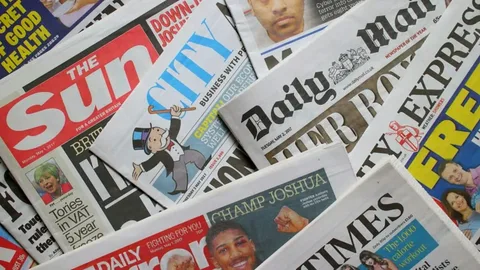How to Write a Catchy Press Release

What is a press release?
The concept of a press release should be determined on the shore in order to avoid possible inaccuracies, errors and misconceptions. A press release is an information message for the press, which contains news, an official position on a certain issue, a response to a certain informational occasion, an announcement of an event.
It should be clearly understood that a press release is primarily news, so it must meet clear criteria:
novelty;
topicality;
Informative.
If you want the material to be published in the target media, it is important that the information reflected in it is primarily interesting, in this case the chances of success increase significantly. Do not forget about the golden rule: one press release should contain one piece of news. You should not talk about everything at once, this will confuse, distract the addressee and, as a result, can negatively affect the overall impression of the material.
Do not neglect the opportunity to provide a press release with comments from the head of the company, authoritative experts in their field. It is good if the text contains statistics and unique facts. Do not forget that the text should be thematically and professionally oriented and interesting to the audience of the publication to which it is sent.
So, an example of a good press release would be a text with relevant news, filled with informative content and without water.
Press Release Structure
When wondering how to write a press release for the media, you need to think about its structure first. The internal structure of a press release is similar to a house. And the foundation for it is a short, clear and at the same time bright, intriguing headline.
Heading
Don't use a boring or uninformative headline. The headline is the main part of your press release, its "business card", it should be short and interesting.
The headline should contain the news (newsbreak), mention the name of the company (brand name) or the event that will be discussed in the text and answer the question: what? Remember that the headline is one of the main components of the text, a bright marker that distinguishes it from many others, and it depends on it whether your news will be read at all.
Some come up with a title before writing the text itself, others return to this point at the end, there can be no universal advice in such a matter, since everyone has a different approach, one thing is important - to interest the reader.
Lead
Only a lead can compete in terms of importance with the title, his task is to tell when and where something will happen or has already happened. A lead in a press release is the information basis of the entire text, it is designed to instantly draw attention to the main part of the material and complement the idea of the headline. Conciseness is the main feature of a lead. 2-3 sentences are enough to give the reader answers to the questions: when, where, how and why.
Text body
The body of the press release or its main part should become a logical continuation of the lead and reveal all the details of the newsbreak. There may already be excerpts from research, facts, figures, statistics, arguments, quotes from experts, and the manager.
Pay special attention to the first paragraph, make it as informative as possible, because it is no secret that the reader's attention is scattered from paragraph to paragraph, so you should not write off the "introduction".
Remember, you have to tell a story. Of course, this is not a literary text and the requirements for conciseness (a press release should be no more than 2 thousand characters) are not very conducive to storytelling, but people are always more willing to share history than dry facts, so it is worth finding a certain balance in this matter and making the news interesting.
At the same time, do not write a literary text. A press release is not a thing where you need to practice creativity. A release is a message for the media. Therefore, no one needs "language bells and whistles" in your text.
When the press release is ready, let it "lie down" for a while. Then read it aloud, preferably several times, this will help to remove the unnecessary, correct the text and make it more informative and concise.
- Arts
- Business
- Computers
- Jogos
- Health
- Início
- Kids and Teens
- Money
- News
- Recreation
- Reference
- Regional
- Science
- Shopping
- Society
- Sports
- Бизнес
- Деньги
- Дом
- Досуг
- Здоровье
- Игры
- Искусство
- Источники информации
- Компьютеры
- Наука
- Новости и СМИ
- Общество
- Покупки
- Спорт
- Страны и регионы
- World


